Carriage House First Floor
The First Floor/Basement of Poundmaker’s Lodge Carriage House. Posts Have Been Added to Stabilize and Support the Main Floor of the Building. Click on the triangle to load the point cloud.
“The purpose of the Amendment to the Act was to prevent the Indians from being exploited as a savage or semi-savage race, when the whole of the administrative force of the Department is endeavoring to civilize them.” – Duncan Campbell Scott, 1916
Utility and Storage Areas
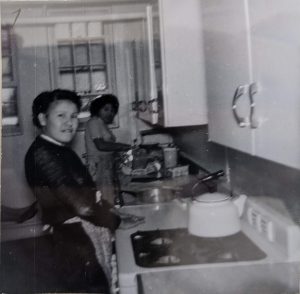
The basement level of the carriage house housed served as a utility room. In the main school, the basement or first floor housed similar rooms as Old Sun’s first floor and UnBQ’s first floor, including the boys’ and girls’ playrooms, the washrooms, the dining rooms, kitchen, boiler room, and utilities. Building operations based in the basement of the Edmonton IRS speak to broader trends of unsafe operations at residential schools across Canada, particularly regarding fire safety.
Fire Hazards and Prevention
In October 1948, Principal Reverend E. J. Staley reported that a fire started in a laundry room cupboard from unknown causes [1,2]. The basement was significantly damaged as was the wiring and machinery, and holes were cut in the ceiling when crews were putting out the fire. While Nealy approved repairs to the school, he was firm in directing Agent Gooderham to keep costs as low as possible [1,2].
During her statement to the Truth and Reconciliation Commission at the Alberta National Event sharing panel, Isabell Muldoe of Gitxsan Nation, a Survivor of Edmonton Indian Residential School (EIRS) who was transported from her home in Haida Gwaii, recalled,
The doors were always locked. Locked going upstairs to the dorm, to the sewing room. Every door was locked. And today, well, lately, I’ve been wondering what would have happened if there was a fire? We would have been trapped. [3].
The danger recalled by Isabell Muldoe with regards to fire safety is well substantiated by fire inspection reports from EIRS. This is compounded by the lagging response to known dangers and the focus on the financial bottom line by both the government and the churches administering the schools [2]
Water Quality and Quantity
Issues concerning water quality and quantity plagued Edmonton Indian Residential School. Hardness of well water required that it be hand pumped through soda to obtain soft water. Reports from 1928 reveal that the soda levels added were often too high to make the water both palatable and healthy. The absence of a back up water tank or cistern also made the school vulnerable to water outages. As a result, when well pumps broke (as they frequently did) students would have no access to water. In April 1937 Principal Woodsworth reported that the pipes burst in the main water pump, leaving them with no access to water for one day, and emergency repairs eight times in a twelve-month period (Edmonton Agency, Vol. 6351, Reel C-8707). Five years later, the start of the school year was delayed because of well trouble and an insufficient water supply (Edmonton Agency, Vol. 6351, Reel C-8707). In 1947, J.T. Faunt, Assistant Principal, reported that there was no drinking water on the upper floors, no basins or water taps on the dormitory floors (Edmonton Agency, Vol. 6351, Reel C-8707)
Notes:
[1] Department of Indian Affairs (1919-1937). Edmonton Agency – Edmonton Industrial School – Administration [administrative records]. Headquarters central registry system: School files series (RG10, Volume 6350, Reel C-8706). Library and Archives Canada. Ottawa.
[2] Wallace, R. and N. Pietrzykowski. 2022. Digital IRS Archival Research Unpublished report prepared by Collective Heritage Consulting for P. Dawson, University of Calgary. On file in Department of Anthropology and Archaeology, University of Calgary, Calgary.
[3] Isabell Muldoe. NCTR: SP205. (March 29, 2014). Alberta National Event, sharing panel (Edmonton). https://archives.nctr.ca/SP205_part06
The following virtual tour was created using panospheres from the Z+F 5010X laser scanner. Use your mouse or arrow keys to explore each image. Click on an arrow to "jump" to the next location.
This image gallery shows modern photos of the carriage house. Click on photos to expand and read their captions. If you have photos of the Edmonton IRS that you would like to submit to this archive, please contact us at irsdocumentationproject@gmail.com.
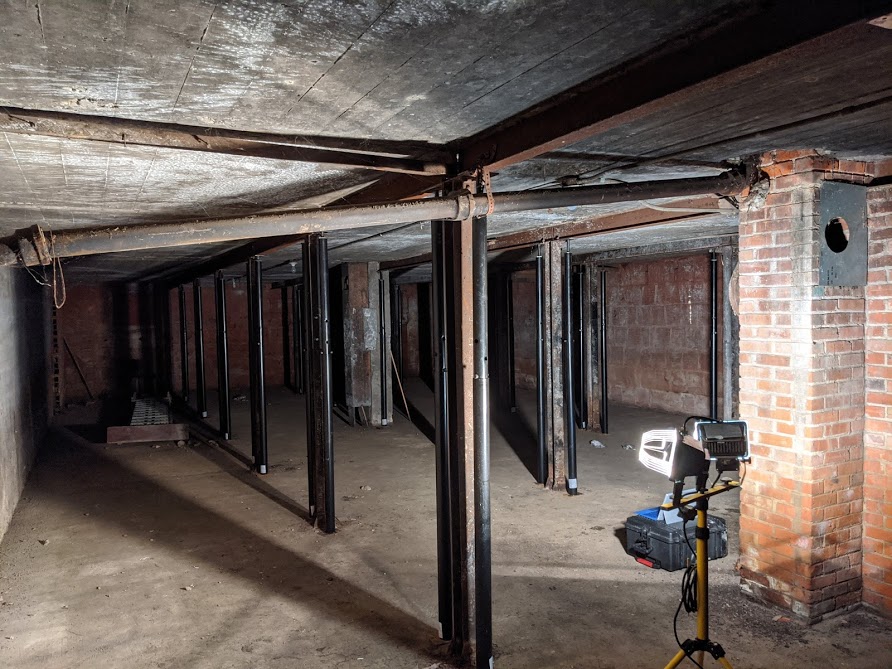
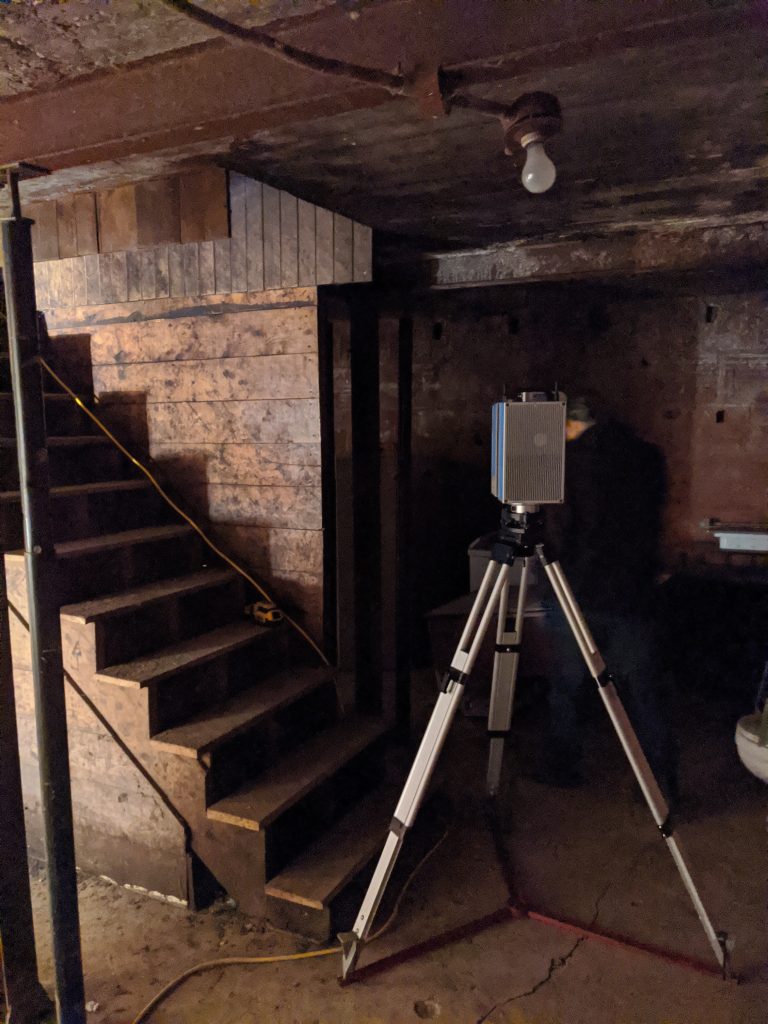


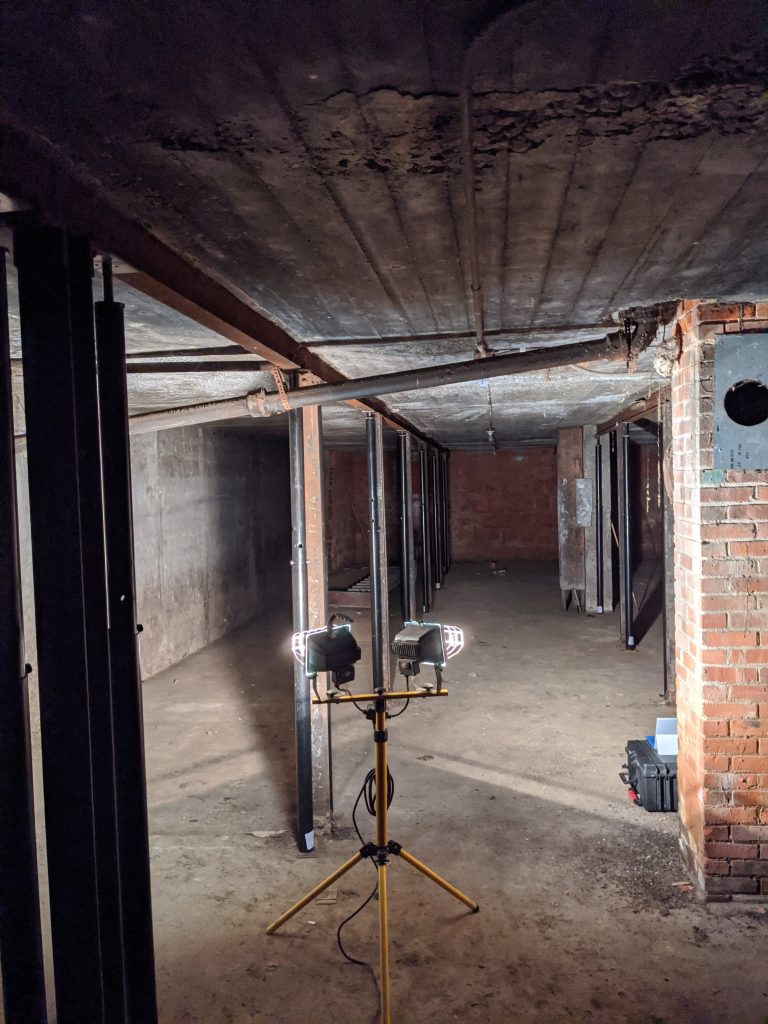
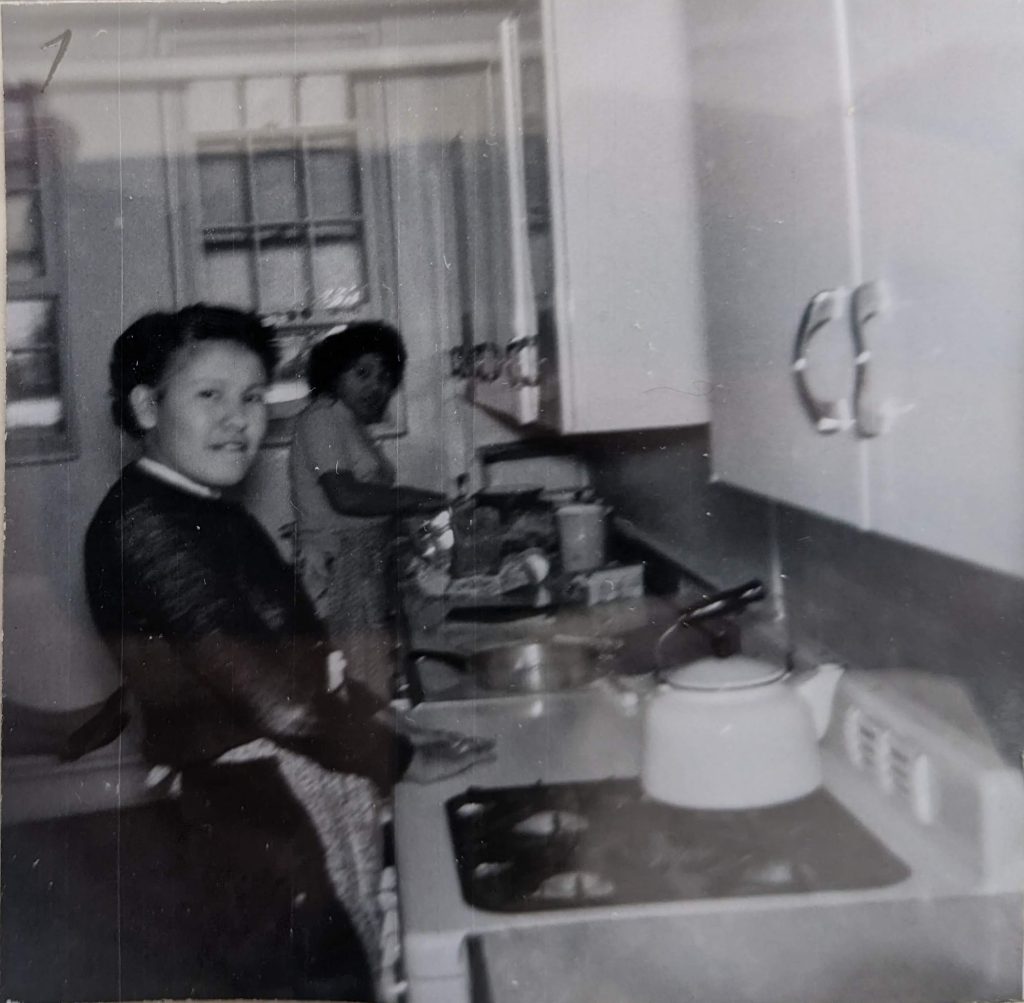

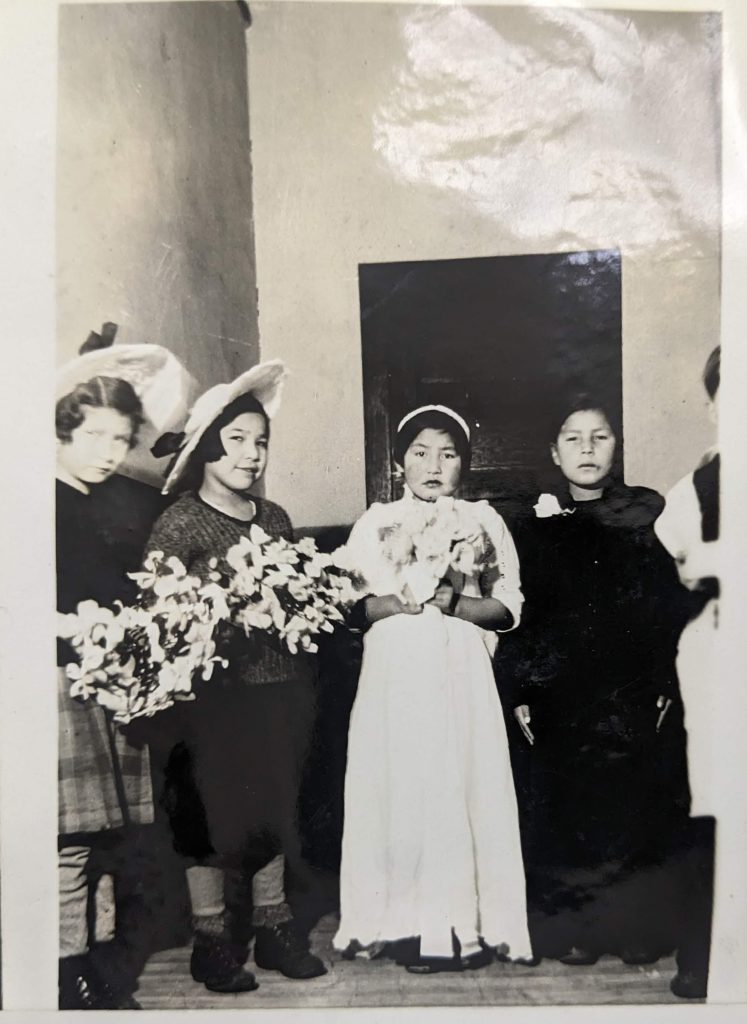
Laser scanning data can be used to create “as built” architectural plans which can support repair and restoration work to The Edmonton Indian Residential School Carriage House. The main school building was lost to fire in 2000. This plan was created using Autodesk Revit and forms part of a larger building information model (BIM) of the school. The Revit drawings and laser scanning data for this school are securely archived with access controlled by Poundmaker’s Lodge Treatment Center.
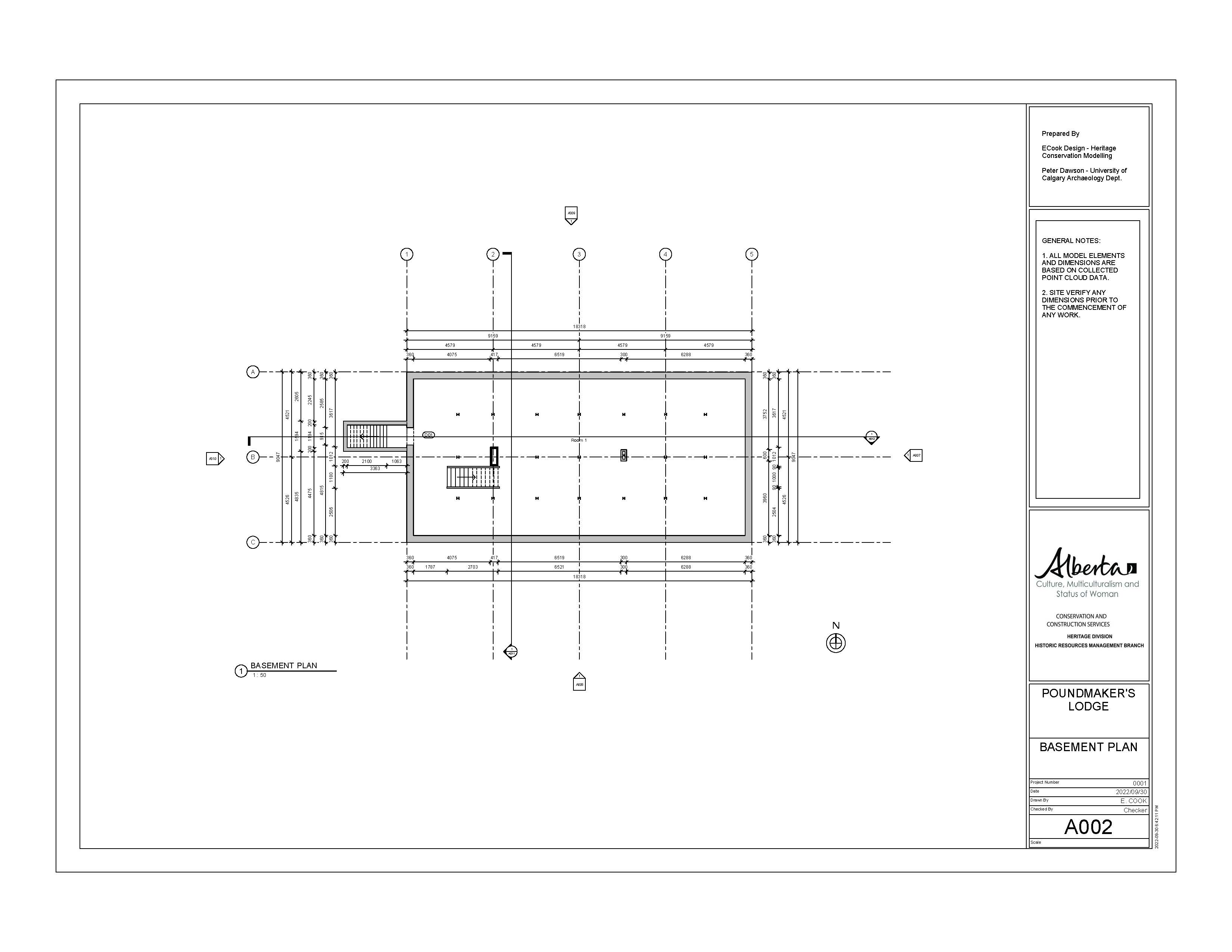
Isabell Muldoe- The Three-Day Train Ride
We’re from BC. Those of us that are sitting up here and there were many, many, many students from Haida Gwaii to the Gitxsan Nation that went to, that came to Edmonton to go to school here. I suppose we were brought here because the residential schools in British Columbia were full so they started shipping us out.
Our journey started from Prince Rupert, some of us were very, very young, and others were a bit older. We got on a train and this one supervisor that came from here to Edmonton on a train ride. He had boxes and boxes and boxes of lunch with him. In these big cardboard boxes, were our lunches. In this lunch were bologna sandwiches, peanut butter, and maybe an apple or an orange. Three days, he traveled from here to BC. to come and pick us up to be a supervisor on the train on the way back.
You know as well as I do that after three days, Bologna not sitting in a fridge turns green. That’s what was fed to us on a train, green bologna, and some of the children are hungry but I think that most, most of us probably ate just the peanut butter sandwich and got rid of the rest.
Some of us were fortunate enough to have money so whenever the train stopped somewhere, we’d jump off and go to a store if there was one close by. We buy a little bit of goodies and shared with those that didn’t, didn’t have money. The three-day train ride we didn’t have coaches to sleep in, back in those days in the early ‘50s. With the old trains they had these big luggage areas, they were so huge that you could actually climb up there and sleep there. And that’s where a lot of the young people and the older students slept, wherever you could see, we crowded in one, two boxes, two cars- the boys on one car and the girls on the other.
When we got to Edmonton, we were bused there from the train station, or no, actually, I think it might have been from Jasper. We were bused to the residential school. Again boys in one bus, and girls on the other, in another bus.
We got off in front of the school, we looked up at this big building, it was huge, because we were a little then. It was a huge building, you’ve seen pictures out there, and to us it was like we walked in there and we were just literally swallowed up in these buildings.
We got swallowed up and for the girls that’s where we stayed.
– Isabell Muldoe
Notes:
Isabell Muldoe Testimony. SP205_part06. Shared at Alberta National Event (ABNE) Sharing Panel. March 29, 2014. National Centre for Truth and Reconciliation holds copyright. https://archives.nctr.ca/SP205_part06

Explore Floors and Rooms
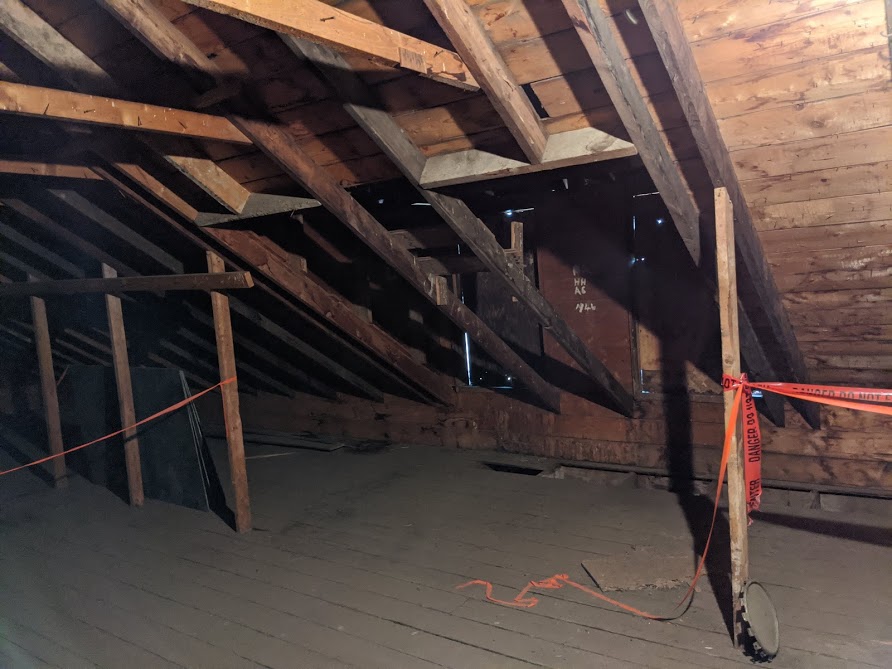
Carriage House Fourth Floor
The Fourth Floor/Attic of Poundmaker’s Lodge Carri…
Read more
Carriage House Third Floor
The Third floor of Poundmaker’s Lodge Carriage Hou…
Read more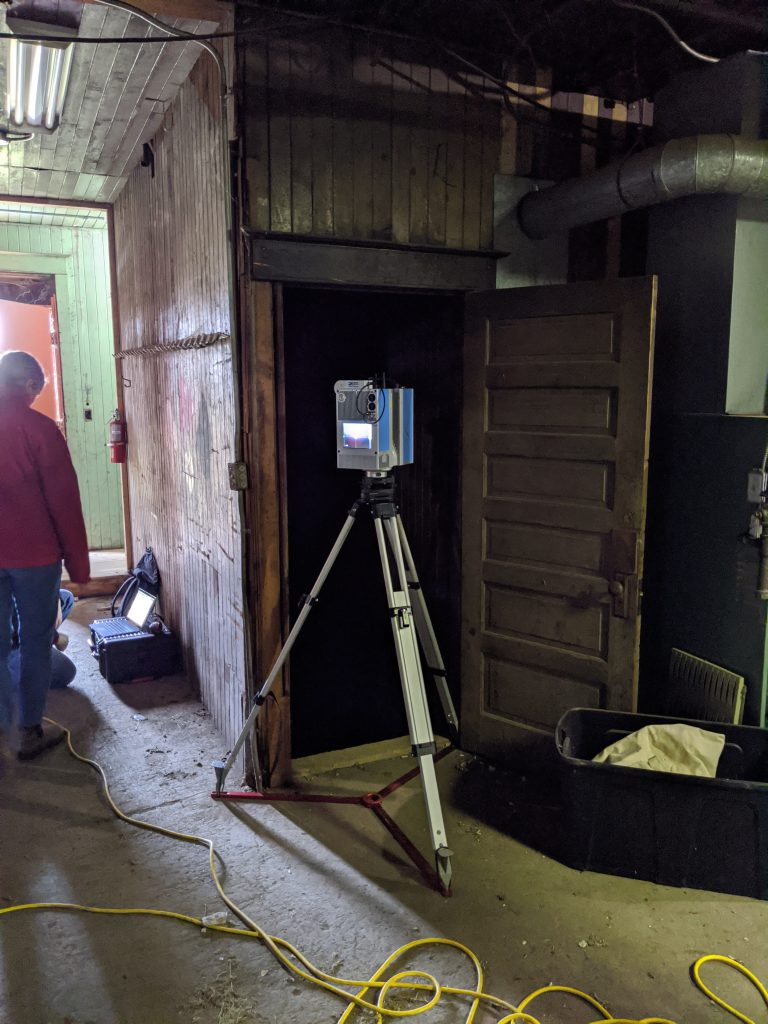
Carriage House Second Floor
The Second Floor/Main floor of Poundmaker’s Lodge…
Read more
Carriage House Exterior
The Exterior of Poundmaker’s Lodge Carriage House….
Read more
